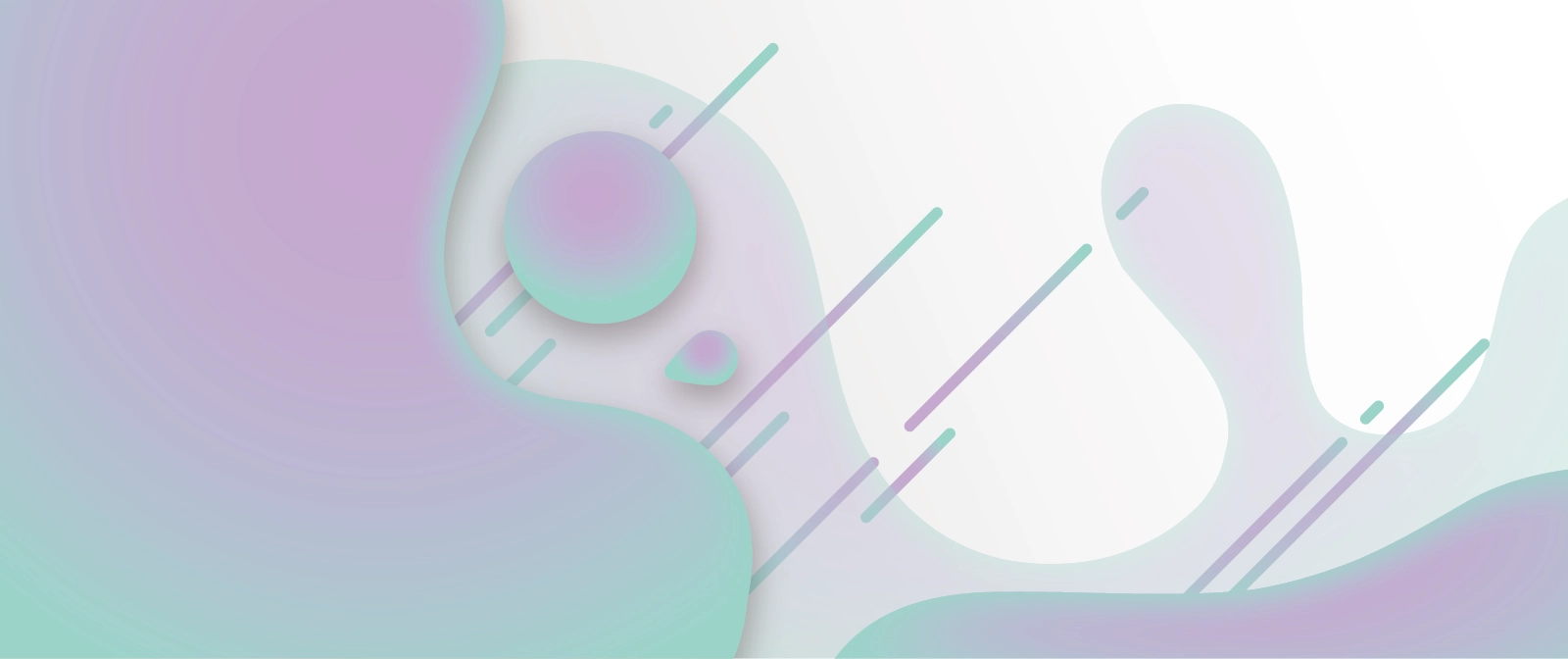排序
How to cancel a Task 如何取消任务
Swift’s tasks use cooperative cancellation, which means that although we can tell a task to stop work, the task itself is free to completely ignore that instruction and carry...
Understanding how priority escalation works 了解优先级提升的工作原理
Every task can be created with a specific priority level, or it can inherit a priority from somewhere else. But in two specific circumstances, Swift will raise the priori...
How to control the priority of a task 如何控制任务的优先级
Swift tasks can have a priority attached to them, such as .high or .background, but the priority can also be nil if no specific priority was assigned. This...
How to get a Result from a task 如何从任务中获取 Result
If you want to read the return value from a Task directly, you should read its value using await, or use try await if it has a throwing operation...
How to make a task sleep 如何使任务进入休眠状态
Swift’s Task struct has a static sleep() method that will cause the current task to be suspended for a set period of time. You need to call Task.sleep()&n...
What’s the difference between a task and a detached task? 任务和分离任务有什么区别?
If you create a new task using the regular Task initializer, your work starts running immediately and inherits the priority of the caller, any task local values, and its ...
How to create and run a task 如何创建和运行任务
Swift’s Task struct lets us start running some work immediately, and optionally wait for the result to be returned. And it is optional: sometimes you don’t ca...
What are tasks and task groups? 什么是任务和任务组?
Using async/await in Swift allows us to write asynchronous code that is easy to read and understand, but by itself it doesn’t enable us to run anything concurrently – even w...

